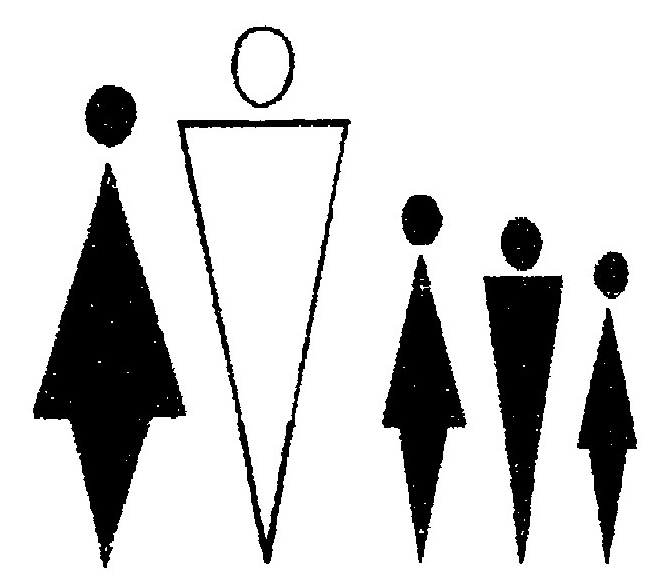Thirty years on - Birthright in the 1980s

In his 1964 annual report, the President of Birthright Auckland had remarked: ‘It is a matter of increasing wonderment to us all that in a community and a welfare state such as ours there should be so many who need help” – twenty years later the same message applied.
In 1985 the universal payment of the Family Benefit was abolished to target families most in need, while Family Benefit capitalisation limits for first-home seekers were increased. A new family support benefit (introduced as the family care benefit in 1984) raised the incomes of some poor families. Then in 1986 the guaranteed minimum family benefit was introduced.
This fixed an income floor above the statutory minimum wage for persons with dependent children in full-time employment. Known as the Guaranteed Minimum Family Income, it guaranteed working families roughly 80% of the average post-tax wage, although its impact on participation rates was limited by rising unemployment and high effective marginal tax rates. The Family Benefit would finally be abolished in the 1990s.
By 1986, 7% of households were one-parent family households and 16% of dependent children lived in one-parent families. These families were hit hard when, between April 1986 and April 1991, the Government introduced another major set of benefit reforms, reducing the real benefit rate for a sole parent with one child by 24% - and bringing it back to the level it was in the early 1960s.
By 1987, 6% of all those receiving the DPB were male – up from 1.5% in 1975. Meanwhile, birth rates among teenage single women had been declining gradually since the 1970s, from 33 per 1000 in 1972 to a low point of 25 per 1000 in 1984.
In 1987, the President of Napier Birthright wrote: ‘Because of current high employment and the consequent unstable social climate, the need for an organisation such as ours is becoming more and more necessary.’ By the end of the 1980s all Birthright branches were noting a continuing increase in requests for assistance.
During this era, a typical Birthright family was described as:
‘A relatively young mother with three children under the age of twelve. They would be living in a rented, cold house, separated from the father and husband, who is more than likely in some other relationship somewhere. Their sole source of income is the Domestic Purposes Benefit. They would have no transport and only very basic furniture. They would be left with considerable debts by the absent father. The mother would be suffering from depression and a gross lack of confidence. If measured by any definition of poverty, this family would fall well within that definition. Feelings of isolation, and sometimes of persecution, would be evident. Legal or medical problems may be additional burdens.’ (G. Bryant, 1988)
Read more about Birthright’s history and Birthright today.
